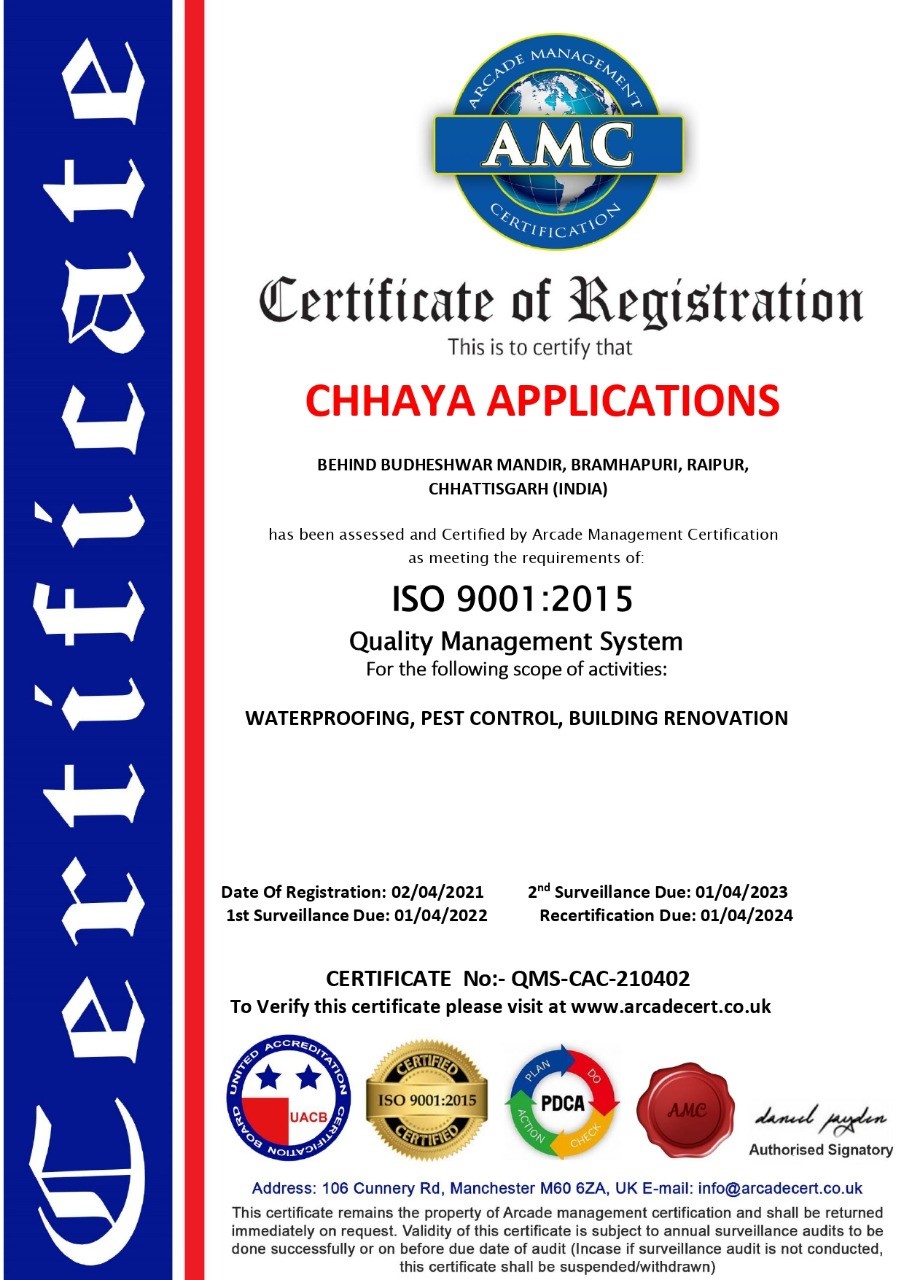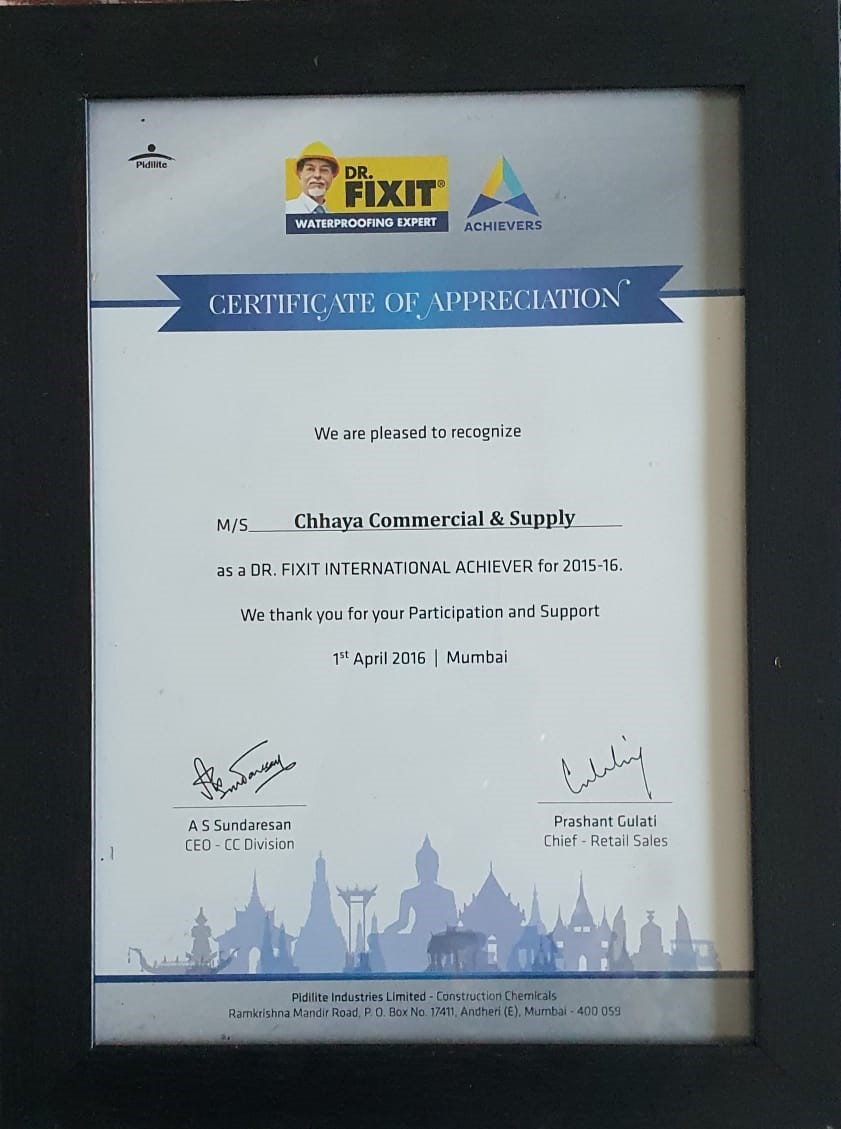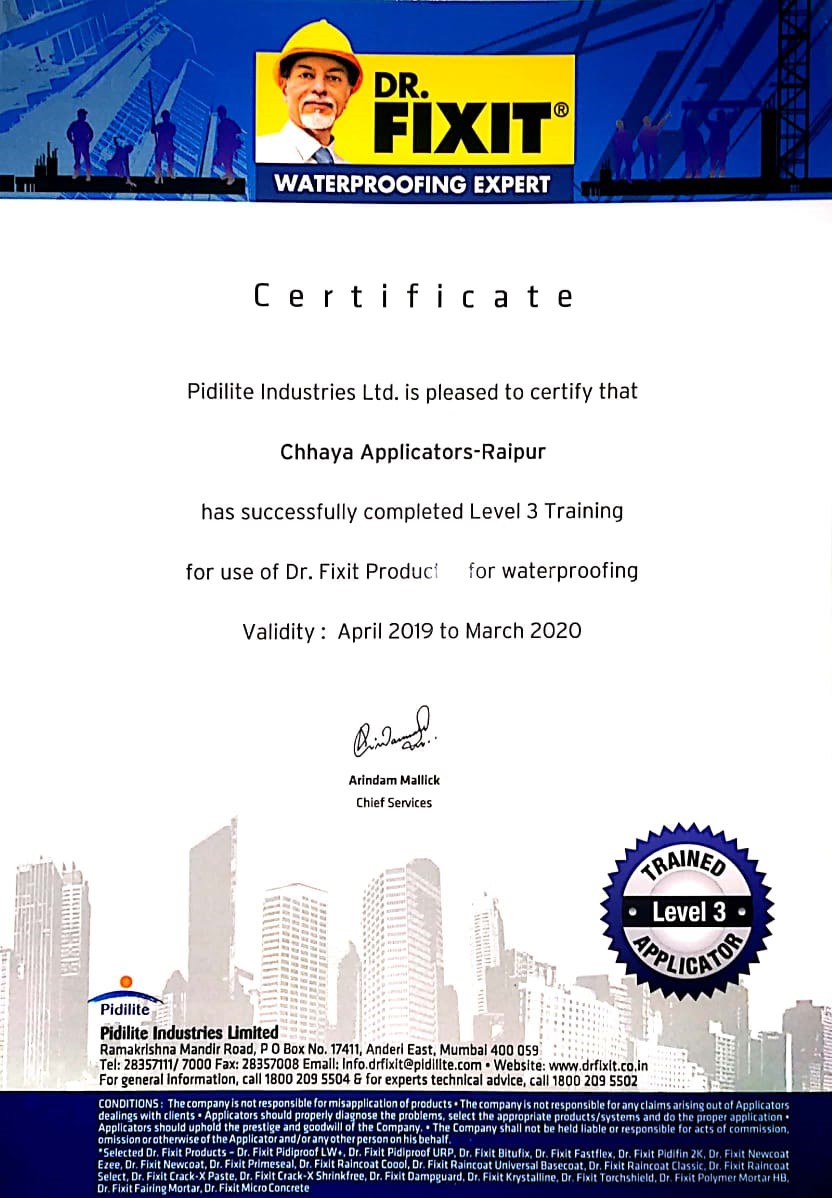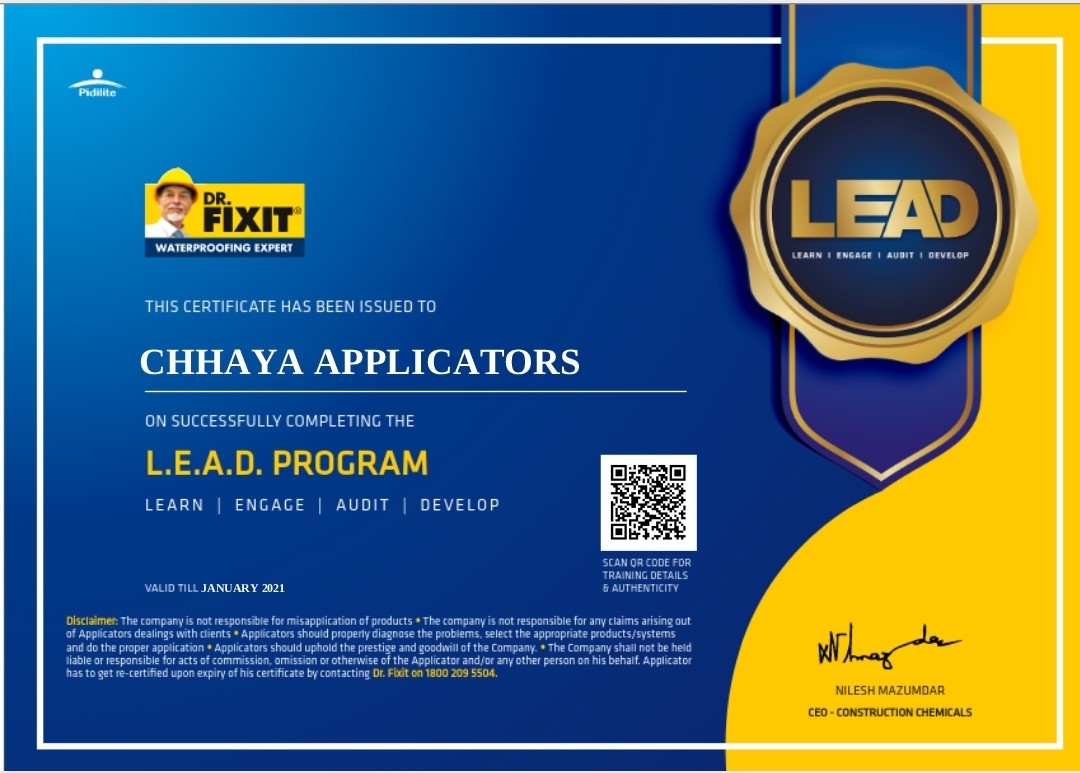
Established in 2005, Chhaya Applications is Chhattisgarh’s leading and most trusted waterproofing solution provider.
With innovation and sustainability as core drivers, Chhaya Application offers a diversified range of waterproofing products and services that help prevent leakages and seepages in homes, offices, buildings, malls, industry and other civic infrastructures.
Chhaya Applications extends its offerings to quality pest control services and building renovation including civil works, painting and any other correcting and upgrade requirements.



Waterproofing is the formation of an impervious barrier over surfaces of foundations, roofs, walls, and other structural members. The function of the impermeable barrier is to prevent water penetrations. The building surfaces are made water-resistant and sometimes waterproof.
The utilization of liquid waterproofing membrane, cementitious materials, polyurethane liquid membrane, and bituminous material are common in the waterproofing of buildings.
Waterproofing is necessary for the basement, walls, bathrooms, kitchen, balconies, decks, terrace or roofs, green roofs, water tanks, and swimming pools, etc.
Cementitious waterproofing is the easiest method of waterproofing in construction. The materials for cementitious waterproofing are readily available from suppliers of masonry products. And they are easy to mix and apply.
The applications of the cementitious waterproofing technique are in the internal wet areas, such as toilets. That is why it does not go through the contract and expansion process.
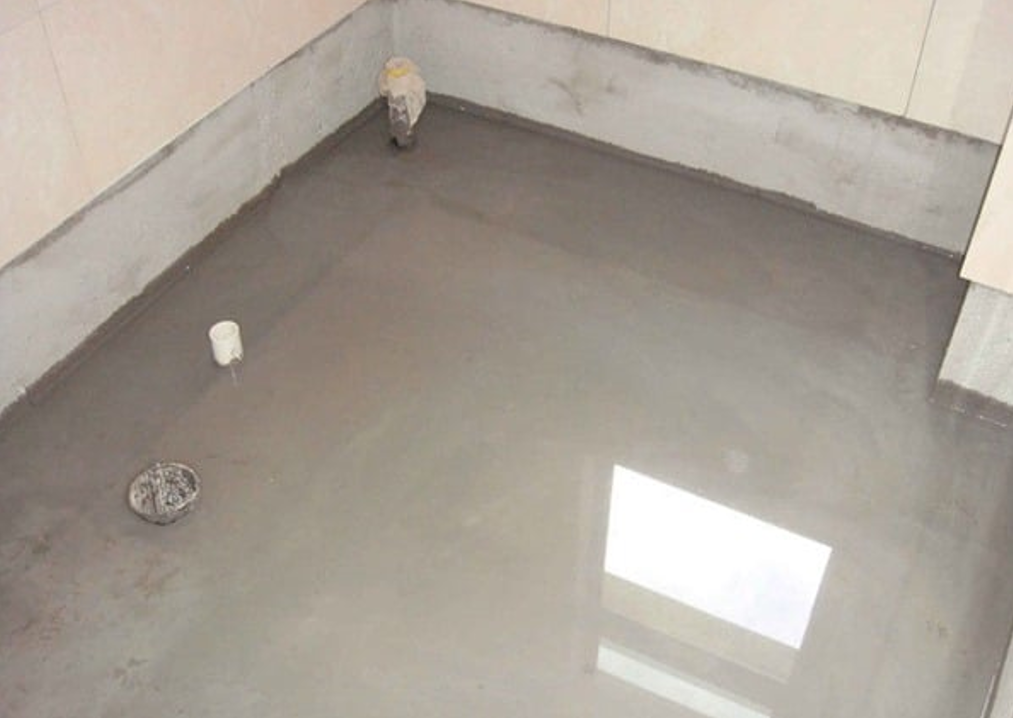
The liquid membrane consists of a primer coat and two topcoats. The application of the coatings is by spray, roller, or trowel. The liquid layer is thin and offers more flexibility than the cementitious types of waterproofing.
The liquid cures into a rubbery coating on the wall. The elongation properties of the coat can reach as high as 280%. The durability of the waterproofing coating depends on what type of polymer the manufacturer used for the making of the liquid waterproofing.
Liquid waterproofing membrane can be of a spray-applied liquid layer composed of polymer-modified asphalt. Polyurethane liquid membranes in separate grades for trowel, roller, or spray are also available from various manufacturers.
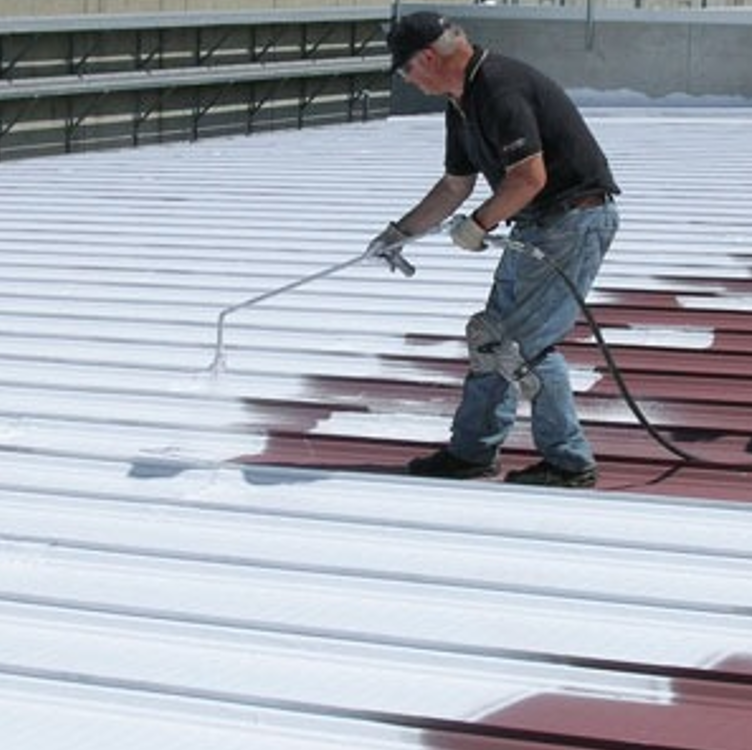
Bituminous coating (asphalt coating) is made of bitumen based materials. It is a flexible protective coat based on its formulation and polymerization grade. The flexibility and protection against water can be influenced by the polymer grade and reinforcement of fiber.
The most common applications of bituminous coatings include areas that are beneath screed wet. It is an excellent protective coating and waterproofing agent, especially on surfaces such as concrete foundations.It is not suitable for exposure to sunlight unless it is modified with a more flexible material such as polyurethane or acrylic-based polymers.
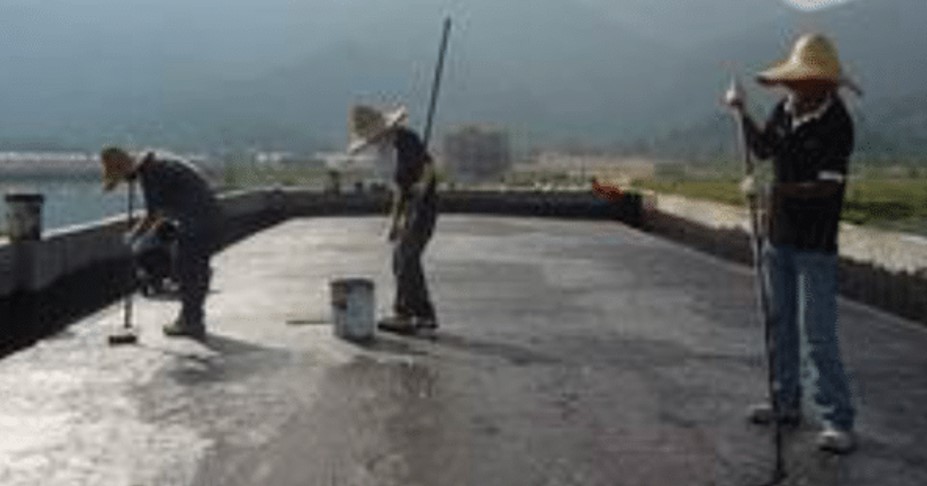
Bituminous membrane waterproofing is a popular method used for low-sloped roofs due to their proven performance. The bituminous waterproofing membrane has a torch on the layer and self-adhesive membrane.
Self-adhesive compounds comprise asphalt, polymers, and filler; additionally, certain resins and oils may be added to improve adhesion characteristics. The self-adhesive type has a low shelf life as bonding properties of the membrane reduces with time.
Torch on membrane has exposed and covered types. The exposed layer often has granular mineral aggregate to withstand the wear and tear of the weathering. For the other kind of membrane, the contractor needs to apply one protective screed to prevent the puncture of the membrane.
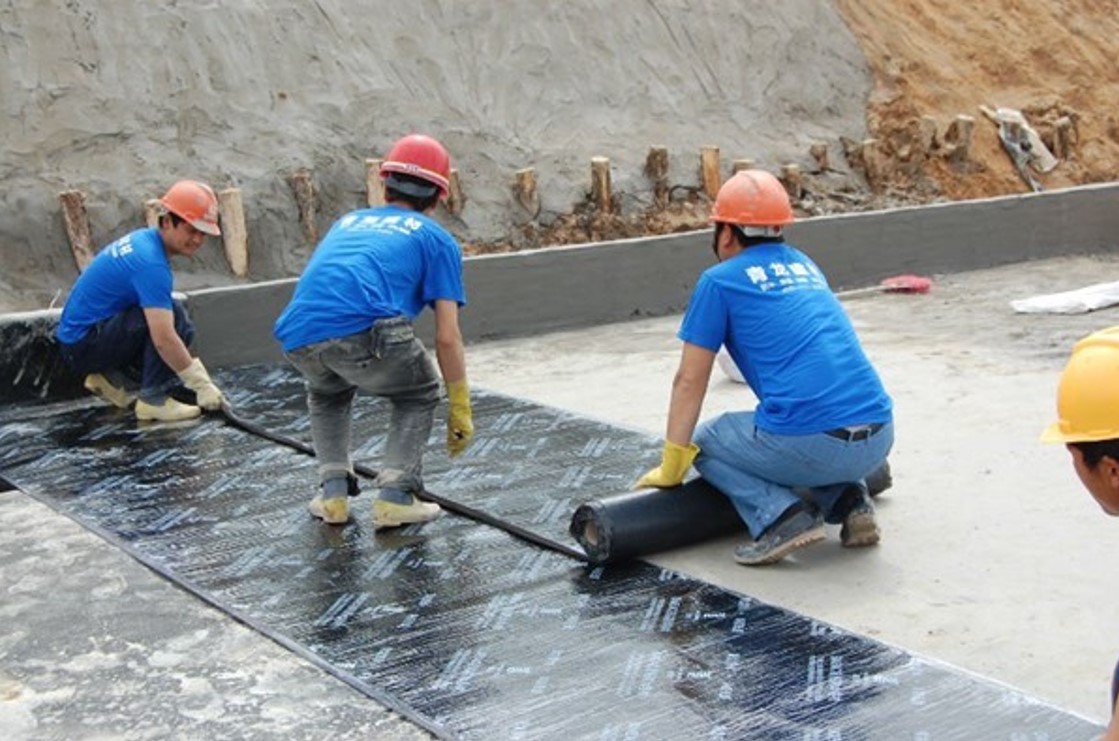
Polyurethane liquid membrane method of waterproofing is used for the flat roof area and exposed to weathering. This waterproofing method is expensive.
Polyurethane Liquid Membrane can offer higher flexibility. Polyurethane is very sensitive to moisture content. Therefore before application, one has to be very careful evaluating the moisture content of the concrete slab, otherwise peeling or de-bonding of membranes may happen after some time
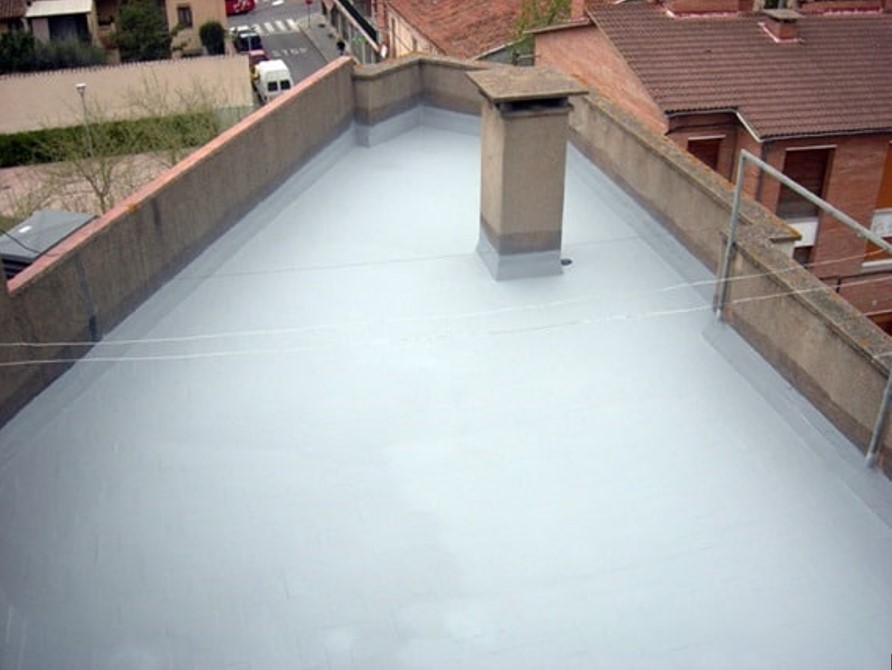
Waterproofing should be taken up as a measure while building a new home/building or any other civil structure as well as can be done during repairing works to maintain strength of structure.

